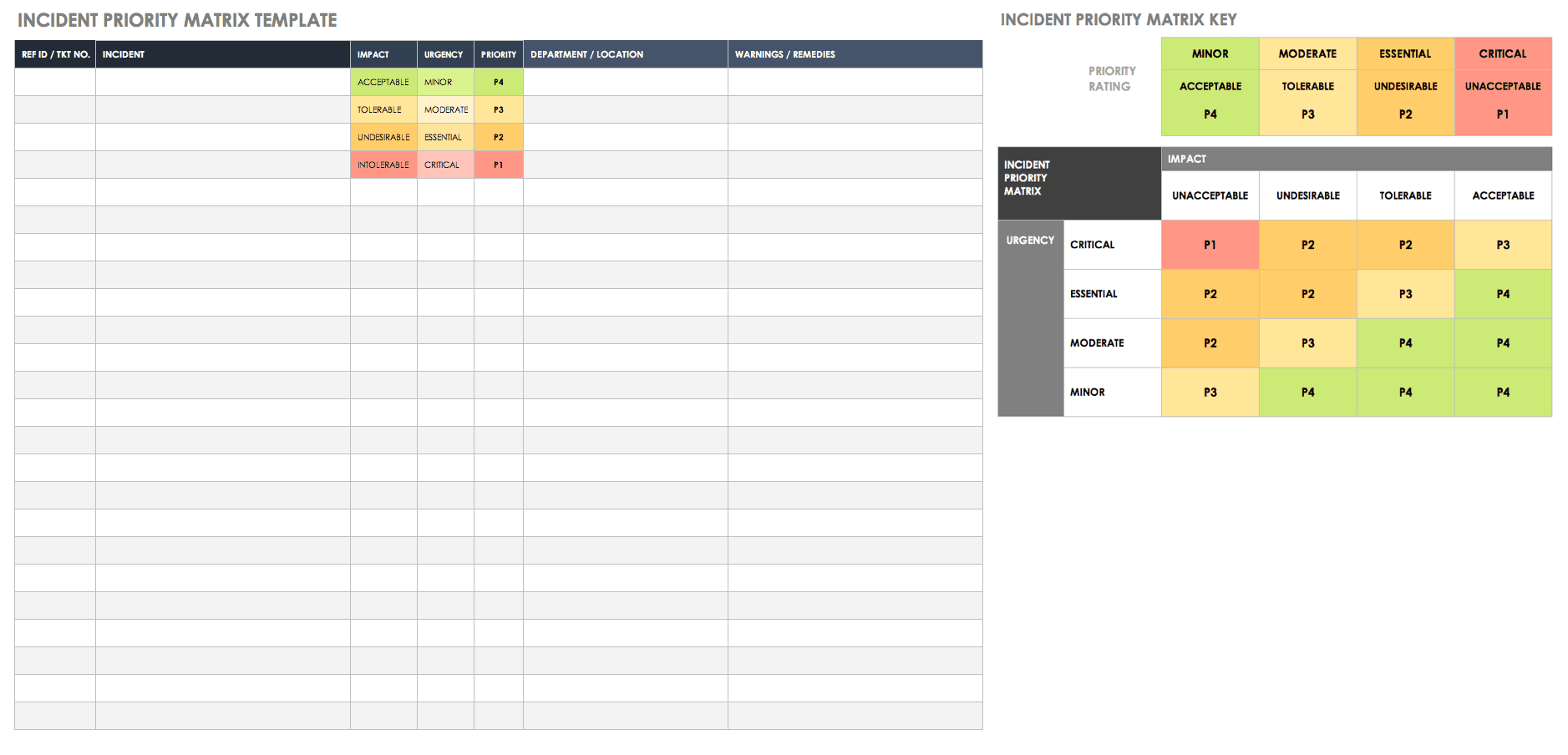

Rather than wasting this valuable time, this is where you should be taking care of your fill-in tasks. For example, you have a few moments in between meetings or a bit of time at the end of the day or another task didn’t take quite as long as you thought it would. The need to be done and the time to do them is based on the name of the tasks themselves – we fill the gaps we have left with these tasks. Because they are easy, many of us find ourselves gravitating towards them, particularly if we are procrastinating over big projects. These are tasks that we know we need to get done, but don’t add any real value or deliver much in the way of reward.

Identify what they are, commit a time to do them and get them done.īox 3 in the action priority matrix is fill-ins.

They need to be done though and putting them off just makes it worse. Major projects can look overwhelming and is probably the type of tasks that many people procrastinate over. This makes it much easier to schedule them and, you could possibly turn some of these smaller tasks into quick wins. It can also be useful to break big projects down into smaller tasks. The key to completing big projects is good planning and scheduling. This is where many of us spend most of our time as these are the day to day tasks that we all need to do and take up a majority of our time. Major Projects – High Effort High Impact Tasksīox 12 in the action priority matrix is major projects. If you have time, feed in some more quick wins later in the day. This will mean you will need to juggle 2 bigger tasks at the same time.Īim to get 2 or 3 quick wins done first, then tackle a big project. This is because another unexpected big task could be just around the corner that has a pressing deadline. While these should not always be favoured over major projects (high effort and high reward), identifying some quick wins that you can complete each day will give you a great deal of impetus to get your bigger tasks done.Ī warning – if you spend too much time working on quick wins, you could find yourself running into trouble if you have been putting off your bigger tasks. The key to anyone’s success is being able to complete tasks that take little effort but deliver big rewards. Quick Wins – Low Effort High Impact Tasksīox 1 in the action priority matrix is quick wins. Impact – what is the positive return you get from completing the task.Effort – how much work do you need to put into the task in order to complete it.The axis in the action priority matric are: The model has 2-axis that generate the boxes. The action priority matric is a 4-box model. It means it can be easily used alongside other time management and prioritisation tools. Unlike other prioritisation tools, the action priority matrix doesn’t use time or importance to priorities tasks. It helps with prioritisation and is a useful tool to help in effective time management. The Action Priority Matrix is a simple to use tool to help you to determine which tasks to work on.


 0 kommentar(er)
0 kommentar(er)
